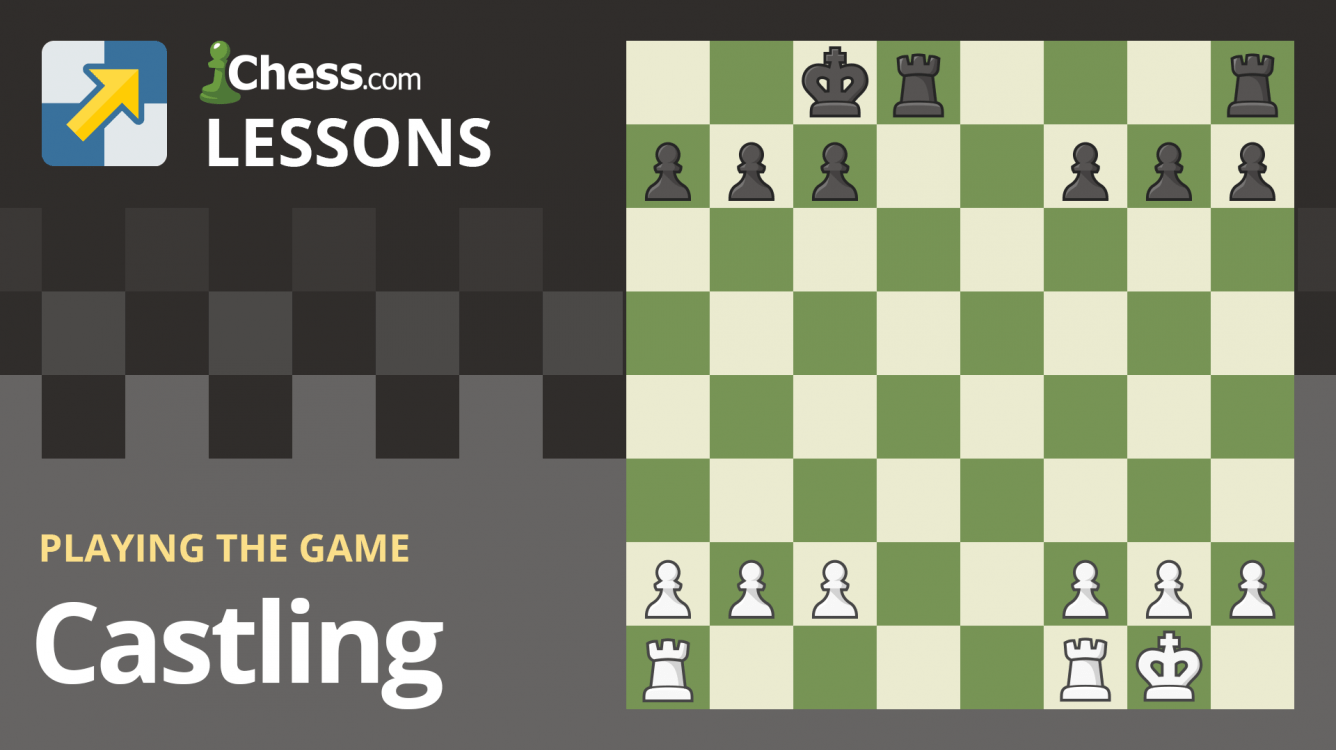Switching King And Rook Rule
When castling you simultaneously move your king and one of your rooks. You are not allowed to castle to escape a check.
 Chesswizards The Chess Rules
Chesswizards The Chess RulesThis is simple logic.

Switching king and rook rule. En passant this special move involves the pawn. The king moves two squares toward the rook he intends to castle with this may be either rook. Castling is a great way to protect your king and bring a rook toward the center of the board.
There are a number of cases when castling is not permitted. The king moves two squares towards a rook and that rook moves to the square on the other side of the king. King rook switch in chess castling 1.
It works the same for either side and the king is moved those two spaces toward the rook with which it is going to castle and the rook jumps the king and ends up alongside it. The king and rook may not have moved there must not be any obstructing pieces between them and the king must not move through check in order to complete the move. A player who performs a forbidden castling must return the king and the rook to their original places and then move the king if there is another legal king move including castling on the other side.
When are you not allowed to castle. The rook then moves to the square through which the king passed. The king must not have been moved before.
The king cannot castle right into a check. The king cannot castle over a. Making the king and rook change place in chess is referred to as castling make the king and rook change place in chess with help from a chess expert in this free video clip.
White will always move the king two squares to a dark square and black will move the king two squares to a light square. There must not be any piece between the king and the rook. Hopefully the diagram to the left makes this clear.
If the king castles queen side the rook must move three squares.
 Rules Of Chess The Definitive Guide To Chess Rules
Rules Of Chess The Definitive Guide To Chess Rules Chesspub Forum Touch Move Rule And Castling Rook First
Chesspub Forum Touch Move Rule And Castling Rook First Chesswizards The Chess Rules
Chesswizards The Chess Rules Ixyc Aiznlawim
Ixyc Aiznlawim How To Play Chess For Kids Chesskid Com
How To Play Chess For Kids Chesskid Com How To Set Up A Chessboard With Pictures Wikihow
How To Set Up A Chessboard With Pictures Wikihow How To Castle In Chess Chess Com
How To Castle In Chess Chess Com